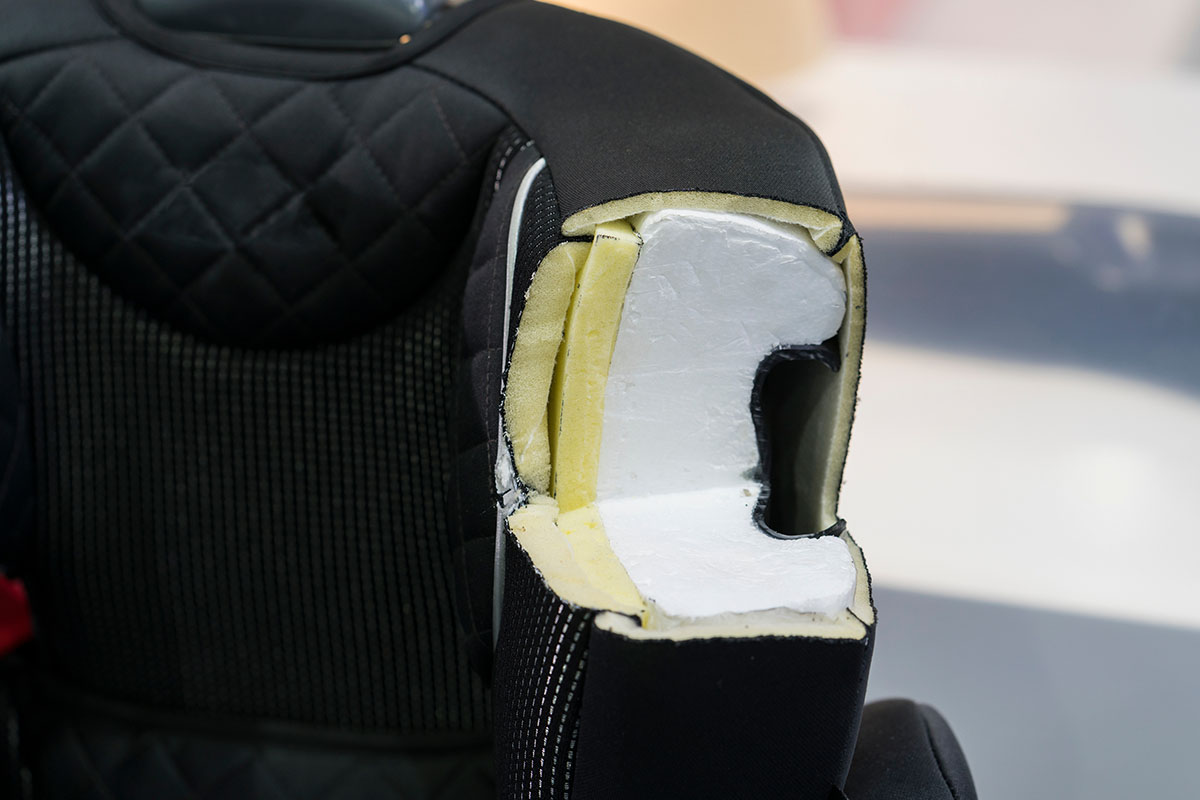Polyurethane Foams Recycling: A New Energy-Efficient Method

Polyurethane foams recycling rates remain low with less than 10% of polyurethane. Landfills receive millions of tons of foam annually, contributing to environmental pollution.
Polyurethane Recycling Check
Advanced recycling methods, including mechanical and chemical processes, offer potential for foam recycling but face significant economic and technical challenges. To address these limitations, the Institute for Plastics Technology (IKT) at the University of Stuttgart has developed an innovative method to recycle polyurethane foams with improved energy efficiency.
You can also read: Polyurethane (PU) Recycling: Growing Challenge and Innovation
This project examines the feasibility of utilizing end-of-life foams as a filler material in new products, thereby reducing reliance on virgin materials. Traditional recycling methods require energy-intensive chemical processes, making this advancement a significant breakthrough in sustainable manufacturing.
Introducing the Twin-Screw Extruder
The IKT team is developing a custom-designed twin-screw extruder to enable continuous production with high reproducibility and superior mixing quality. This technology overcomes key challenges such as variations in dosing and particle sizes. After successfully demonstrating the method on a laboratory scale, researchers are now scaling up for industrial production.
Challenges in Recycling Polyurethane Foams
Polyurethane foam production typically involves mixing liquid raw materials in specialized mixing devices, known as mixing heads. However, manufacturers struggle to incorporate solid recycled materials, resulting in recycled content of less than 5% by weight. Addressing this issue, IKT researchers aim to increase the recycled filler content to over 75% by weight using an advanced twin-screw extruder.
Technical Challenges and Solutions
- Sealing Issues: Polyurethane raw materials have lower viscosity than thermoplastic melts, requiring advanced sealing techniques.
- High Rotational Speeds: The process demands extremely fast screw rotations to maintain efficiency.
- Effective Cooling: Maintaining temperature control ensures the quality and stability of the final product.
Polyurethane Applications in Sustainable Construction

The project focuses on producing insulation panels for building applications, a key area in sustainable construction. Researchers will evaluate how different levels of recycled filler impact the manufacturing process and the final properties of polyurethane foam.
The project focuses on producing insulation panels for building applications, a key area in sustainable construction. Researchers will evaluate how diverse levels of recycled filler impact the manufacturing process and the final properties of polyurethane foam. If successful, this method could revolutionize the industry by significantly reducing waste and energy consumption.
To read more: Institute for Plastics Technology at the University of Stuttgart.
